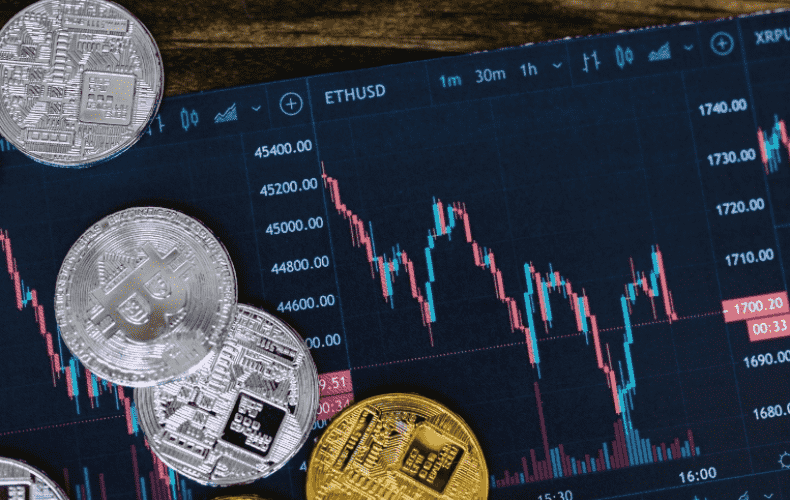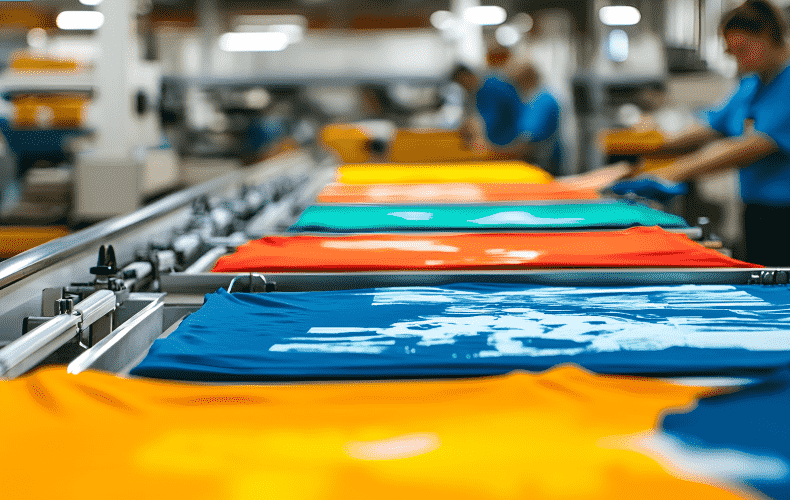
Ethical Innovation in iGaming: Why Social Responsibility is a Growth Driver for Soft2Bet
Section: Arts
Normally, the German Nature and Biodiversity Conservation Union (Nabu) publishes its cruise ranking every September. This is a media-effective means of issuing certificates to the cruise companies. Most of the time, with few exceptions, the grades for sustainability and climate protection have been less than satisfactory. This year, Nabu has dispensed with its ranking and instead invited the most important participants in the German market - Aida, MSC, Tui Cruises - to a panel discussion. The topic: "The future of cruise shipping in times of pandemic and climate crisis." Is there now suddenly harmony between former opponents?
"No, we are and will remain critical companions, but the industry has been buffeted to the maximum by the pandemic and that is why hardly any new ships have come onto the market," says Malte Siegert from Nabu Hamburg. Instead of the ranking, Nabu presents an ambitious timetable on the way to climate neutrality in 2050. Among other things, it calls for an immediate halt to the use of heavy oil and the unrestricted installation of nitrogen oxide catalytic converters and soot particle filters - by 2023.
When it comes to abandoning heavy fuel oil, the shipping companies' promises have not been kept
As far as the target is concerned, the shipping companies are in agreement. What is disputed, however, is the timetable. And the how, says Christian Hein, Germany managing director of shipping company MSC. "In 2050, we will become climate neutral. That much is certain. We just don't know today how to do it." In any case, he says, one is participating in current developments. The industry has recognized the signs of the times, and European suppliers are committed to the Paris climate protection agreement to limit global warming to 1.5 degrees Celsius and to the EU's goal of becoming climate neutral by 2050.
Time will tell how serious this is, says Malte Siegert, but he acknowledges that suppliers in the European market are sensitized to the issue. Siegert's Nabu colleague Sönke Diesener is cautiously optimistic; the tone has become more constructive between the parties, but he also says that the cruise industry has already made many promises on the use of heavy fuel oil, for example, which in retrospect turned out to be lip service.
In Germany, market leader Aida, part of the world's largest cruise group Carnival, is showing what the path to climate neutrality could look like. Hansjörg Kunze, Aida's head of communications, says the company has led the way with LNG ships, which are powered by liquefied natural gas - with a signal effect for the industry: Since the commissioning of the first LNG ship, Aida Nova, in December 2018, more and more LNG ships are now coming onto the market. In the Aida fleet, however, only one of the 13 ships is sailing with LNG. Another LNG ship, the Aida Cosma, is scheduled to enter service in December.
By 2030, there should be zero-emission ships. But is the deadline realistic?
Nabu man Siegert sees LNG ships only as a bridging technology anyway. Although the gas burns almost pollution-free, the fact remains that it is a fossil fuel and emits CO2. In the future, these ships could also be fueled with synthetic liquefied gas, if this can be produced in such large quantities with renewable energies.
In 2030, Aida wants to put the first zero-emission ship into operation, Kunze announces. The race has begun, everyone wants to be the first. "Lucienne Damm calls it a "race to the top. She is an environmental manager at Tui Cruises, used to work for Nabu, and is now helping to prepare Tui Cruises for the post-carbon era. In 2030, Tui Cruises wants to offer climate-neutral travel, Damm announces.
But the first thing to do is to do what is feasible, namely to convert the existing fleet. The engines have to be made fit for new fuels, which requires the agreement of the engine manufacturers. In addition, energy efficiency on the existing ships would have to be increased, and potential savings in fuel consumption would have to be exploited. "That may not sound so sexy," says Lucienne Damm, but it already saves more than 20 percent energy - a considerable contribution to climate protection. Generally slower sailing and smart routing - optimizing routes and avoiding storms, reduced fuel consumption significantly.
MSC is developing a hydrogen-powered ocean-going vessel with the Italian shipyard Fincantieri. But whether this will be ready for service by 2030? There are simply too many unknowns, explains MSC's Hein: availability of alternative fuels, feasibility, infrastructure and the future technical standard are still completely unclear.
Synthetic fuels are a noble goal. Shore power systems in ports are more readily available
Aida is working on huge batteries on board that can release and store energy depending on the sailing situation. Aida Nova will receive the largest fuel cell on board a passenger ship to date this year, with an output of 200 kilowatts. Where all the electricity will come from to achieve decarbonization is unknown. What is clear, however, is that Germany will not be able to produce it in sufficient quantities. A distribution battle is already emerging between industry, aviation and the comparatively small cruise industry over alternative, green fuels such as hydrogen or synthetic products such as methanol or ammonia. Malte Siegert sees this as the crux of the energy transition in the cruise industry. "The electricity for the production of synthetic fuels must come from countries that have a lot of potential for wind and solar power," Siegert explains. Capacities that first have to be built, power lines that first have to be laid.
So there is still a long way to go to achieve climate neutrality. In German ports, on the other hand, there should soon be improvements: Rostock-Warnemünde has recently had shore power, and a system has also been inaugurated in Kiel. In Bremerhaven, the decision has been taken to install the system. And in Hamburg, which so far only has a barely used shore power facility in Altona, there will be shore power at all cruise terminals from 2023. Even if this is only a tiny contribution to global climate protection, the inhabitants of Germany's port cities should soon be breathing much better air. "All ships built in 2007 or later are capable of shore power, and many are already equipped," says Sönke Diesener. "But now the ships also have to be connected to the cable."

Section: Arts

Section: Arts

Section: News

Section: Arts

Section: Business

Section: Arts

Section: Arts

Section: Business

Section: Business

Section: Arts
Health Insurance in Germany is compulsory and sometimes complicated, not to mention expensive. As an expat, you are required to navigate this landscape within weeks of arriving, so check our FAQ on PKV. For our guide on resources and access to agents who can give you a competitive quote, try our PKV Cost comparison tool.
Germany is famous for its medical expertise and extensive number of hospitals and clinics. See this comprehensive directory of hospitals and clinics across the country, complete with links to their websites, addresses, contact info, and specializations/services.
The couple Eva-Maria and Berthold Schneider has enthusiastically and expertly built an exquisite collection of Greek vases and other works of ancient small art over the years. Personal preferences often played a role in the acquisition of pieces. For instance, a rare oil vessel dating back to around...



No comments yet. Be the first to comment!